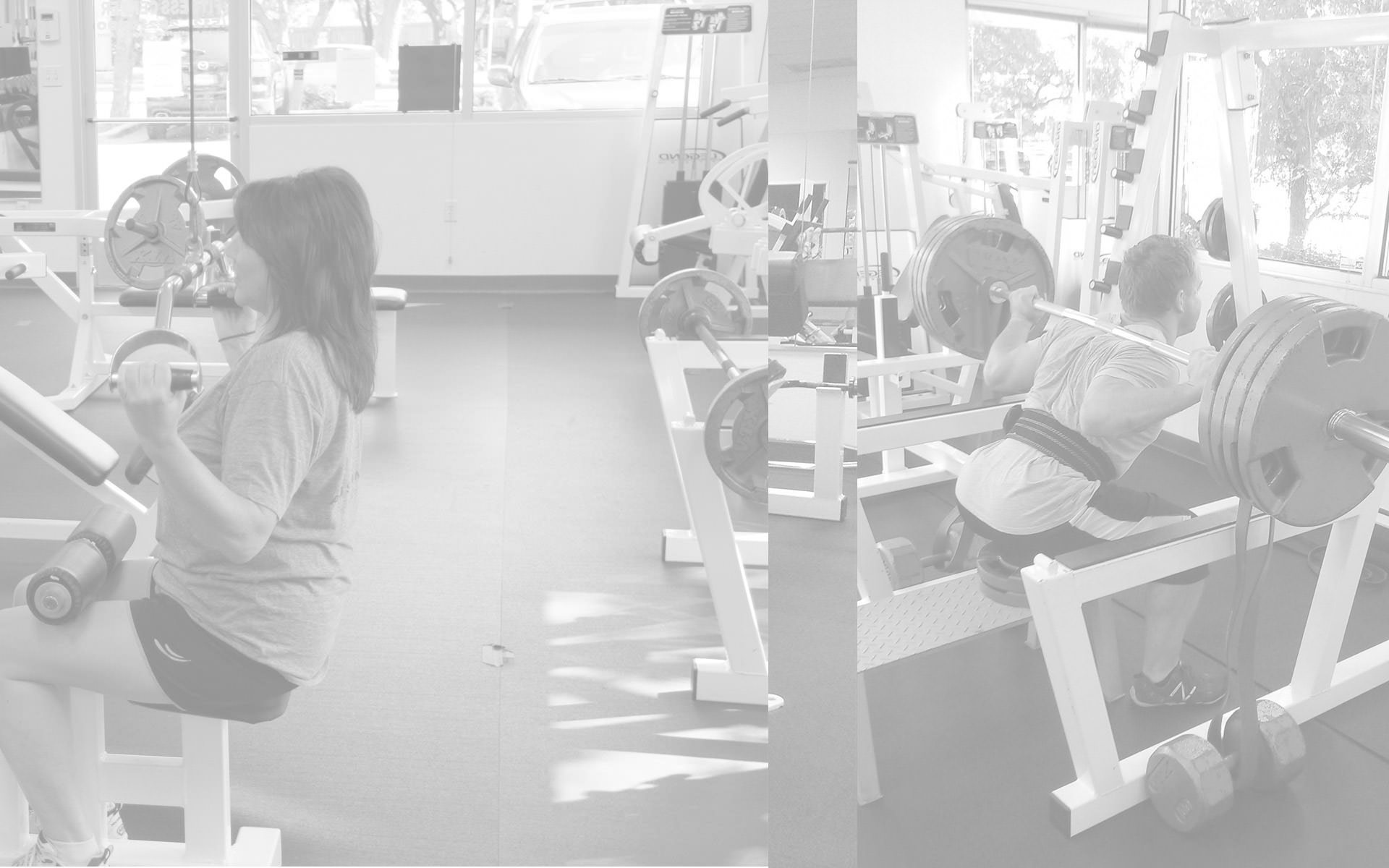The Supplement Creatine
As a longtime Austin personal trainer, I’m often asked by gym members, and clients alike, about supplementation. There are many readily available supplements one can take while working to gain hypertrophy, strength, or really, any physical goal. If you’re interested in simply gaining a little more muscle and losing some fat, or you want to be a professional bodybuilder, there’s a vast array of natural as well as synthetic substances available for use.
One of the most common and longest available supplements to athletes, as well as people simply trying to add a little hypertrophy, is creatine. Creatine is made in the body and can also naturally be found in fish and meats. It’s also synthetically made in laboratories and packaged for retail sale. There is a large variety of different creatines one can purchase including monohydrate, ethyl ester, tri creatine malate, buffered creatine, which is also referred to kre alkalyn, micronized, liquid, and conjugated, to name a few, but what is creatine and how does it work?
Creatine, or metylguanidine acetic acid, was discovered in 1835 by the French scientist Chevreul. It was studied extensively and by the 1840’s was linked to the body’s ability to generate muscle tissue and perform better. In the 1920’s, scientists were conducting experiments with creatine by having people consume it 4 times per day for 10 days and then evaluating their physical performances. In the 1970’s, scientists discovered the uptake of creatine was directly influenced by insulin and numerous subsequent studies repeated this finding. It wasn’t until 1993, however, that creatine was introduced as a performance enhancing supplement for sale to the general public.
Creatine phosphate is stored in the muscles as part of what is known as the Phosphagen System. ATP, or Adenosine Triphosphate, is the body’s initial source of energy but the entire reserve in your body can be burned through in less than a second. When this happens, your body uses the stores of creatine phosphate to produce ATP, which will supply the necessary energy for all out performance anywhere from 3 to 15 seconds. The body contains an enzyme known as creatine kinase. This enzyme separates the phosphate molecule from the creatine which allows it to bind with ADP, which is just one phosphate shy of becoming ATP. This process allows the body to replenish the ATP supply in the body every few minutes.
A lot of people supplement with creatine since more creatine available in the body translates to more energy, which in the bodybuilding and sports worlds, allows you to work harder and longer thus generating superior results. If the body is requiring a longer lasting source of energy for an aerobic activity, such as long distance running as opposed to sprinting, for example, it will rely upon an entirely different method of energy production.
When we are building muscle in bodybuilding, for example, we are often times relying on quick bursts of energy for short duration sets with heavy weights which is why creatine has become such a popular supplement among those who are looking to maximize their muscular development. It’s also popular in other sports such as baseball when you need to swing the bat with a maximum amount of power to hit a home run, for example.
With so many different creatine products on the market, which one is the best? That answer lies within the individual. We are all different and therefore respond differently to various compounds and stimuli. Creatine monohydrate is the original creatine that became available to the general public back in the early 90’s, and as such, is generally considered to be antiquated. A popular variety of creatine nowadays is the one known as buffered creatine or kre akylyn since it’s chemically structured to slow down creatine’s conversion to creatinine, which is the byproduct of creatine.
While some people are concerned about possible side effects of taking creatine, there have not been any studies showing any associated risks in doing so. With some people, especially those who were consuming the monohydrate variety, there has been some reported gastrointestinal discomfort such as bloating, cramping, and the occasional report of diarrhea. The creatines available these days have very low incident reports of any gastrointestinal issues and are widely considered to be safe but only moderately effective supplements for both athletes and hobbyists alike.
Ready to Get Started?






